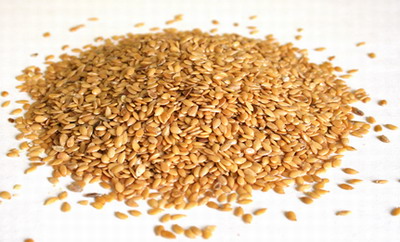Meditation for HeadBangers
Meditation typically brings to mind images of sitting in full lotus on a mountain top somewhere, head in the clouds, a slight levitation visible.
Ever meet anyone that’s done that?

pic by pureenergy
No, me either.
Fortunately, if you step back & look at meditation as a concept, it’s really just aiming to do two things:
- Empty your brain of thoughts (you remember those, they’re the things that are not-you)
- Bring you into a deeper state of relaxation or awareness
This is pretty much the description of flow. Any athlete in peak performance has that. In fact, any peak performer, in any area, is in that state.
No thoughts, no noise, just pure beingness.
If you’re anything like me, you’ve heard great things about meditating. Sat down, tried it, & given up due to distraction. Or, you know, found something more important that urgently needed doing.
So what’s the trick?
Well, to start with, yep, it can be hard. Thoughts swirl around us like dust in a tornado. We’re assailed from every direction. It can seem damn near impossible.
Here’s a trick though. Who said you have to be sitting still to meditate? Try going for a walk, or a run – or just sit & jiggle your leg if you’re feeling lazy. That’s fine too.
Second, who said you have to be quiet? It’s your mind that you’re trying to get to shut up.
So, how about this. Get some music you really like. Preferably stuff without words – you don’t want to be putting new thoughts into your mind. Preferably reasonably fast – otherwise your brain may (will!) start wandering in the gaps.
For me, I’m a fan of high bpm (beats-per-minute) dub, drum & bass, and other electronica. It has a regular rhythm, which means you can kind of tune it out, but it’s fast enough that it drowns out most of what’s going on upstairs.
Crank it up loud & start walking, running, or jiggling.
You’ll find the music & movement will swamp most of your thoughts. This is a great start. It just makes it easier to see any remaining thoughts that peep out from above the noise.
Now, what to do when you do catch yourself drifting off? Well here’s the trick.
Just pay attention. When you see thoughts arising, bring your focus back to the music (or the exercise). Let the thought go. You can always worry about it later, turn it into a haiku or scribble it on a balloon & fling it to the wind.
Each time your brain starts burbling away, get back into the music. You did choose loud music you absolutely adore, right? Well, that’ll make it easier.

(be sure to stretch before attempting this super-advanced meditational asana)
pic by juljo
As an added benefit? It’ll make you happier. Less crap going on upstairs, listening to music that makes your heart beat that little bit faster, endorphins pouring through your body…
Besides, you can always sit still & just breathe when you reach the top of the hill.
ps. If you’re keen to try some other non-standard techniques for stilling the mind, my good friend Dhrumil has an excellent 15min audio on “Falling Still” (or if you prefer, a 20 min video). Then there’s always those old saw-horses EFT & releasing, of course – to get rid of specific thought patterns. Or, you know, just try all of it & see what works for you.





